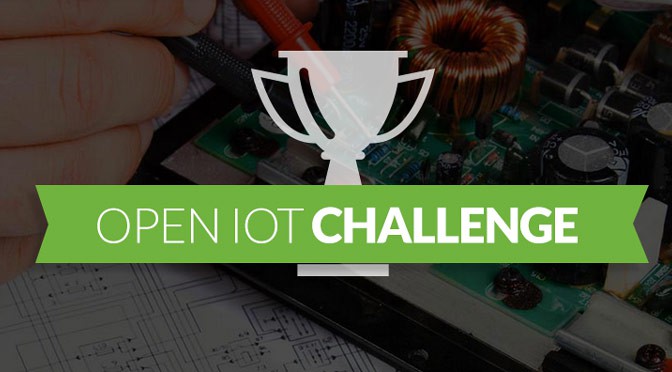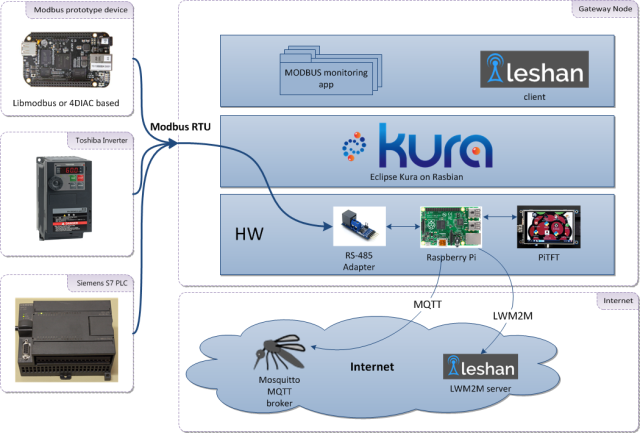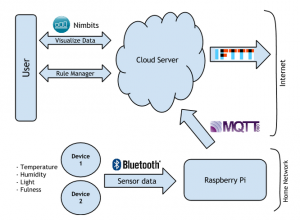Over the course of the last couple weeks, the participants who entered the Open IoT Challenge have started working on their projects. They are all documenting their journey on our dedicated Tumblr, and to be honest I’m very excited to see what they are doing: keep on reading for a quick update on some of the work done by the challengers so far.
Also, if you are reading this post and are a challenger of the Open IoT Challenge, I hope this will be encouraging you to start being more vocal about what you are doing! So once again, to all the participants: good luck and keep up the good work! 🙂
Logging and Monitoring of industrial equipment using Modbus and Kura
Tobiasz Dworak is working on a nice project that will be solving a typical problem in the industry: bridging legacy sensor networks to the Internet of Things. Typically, industrial automation equipment can be controlled using Modbus, so Tobiasz is proposing to implement an app on top of the Kura application framework to allow Modbus devices to be controlled from the Internet of Things, using MQTT and LwM2M. There should also be a local LCD display allowing to interact with the system.
Vehicle Monitoring System
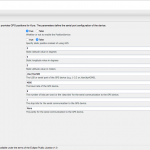 If you are interested in learning more about Kura, you should really follow Davide’s project. Davide is building a cloud vehicle monitoring system by leveraging the Kura capabilities to interface with GPS devices and CANbus, and will use the Solair Application Platform for cloud data management.
If you are interested in learning more about Kura, you should really follow Davide’s project. Davide is building a cloud vehicle monitoring system by leveraging the Kura capabilities to interface with GPS devices and CANbus, and will use the Solair Application Platform for cloud data management.
Davide has been doing a great job of documenting his progress so far and you can really learn a lot on Kura and OSGi development by following his blog.
watr.li – Building the Internet of Plants!
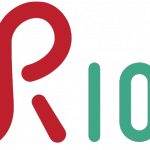 RIOT OS is a pretty cool operating system for the Internet of Things that targets tiny computers and MCUs. Watr.li is a great project by a group of people involved with the development of RIOT, who want to build the Internet of Plants.
RIOT OS is a pretty cool operating system for the Internet of Things that targets tiny computers and MCUs. Watr.li is a great project by a group of people involved with the development of RIOT, who want to build the Internet of Plants.
They are building on top of 6LoWPAN and CoAP and will be creating sensor nodes (measuring the humidity of the plant) as well as a display node (a Raspberry Pi, that will bridge the 6LoWPAN network to the Internet and expose a web interface).
IoNeeds
This one is just getting started but Emir and Utku have the ambitious goal of building an automated system for monitoring the jars and containers that we all use for our food, spices, etc. IoNeeds storage boxes and jars have light, temperature and humidity sensors and ultrasonic sensor for measuring fullness, and they will be connected to the Internet of Things to let you optimize your budget by giving you statistics on your consumption, or automatically order new products to refill the jar.
